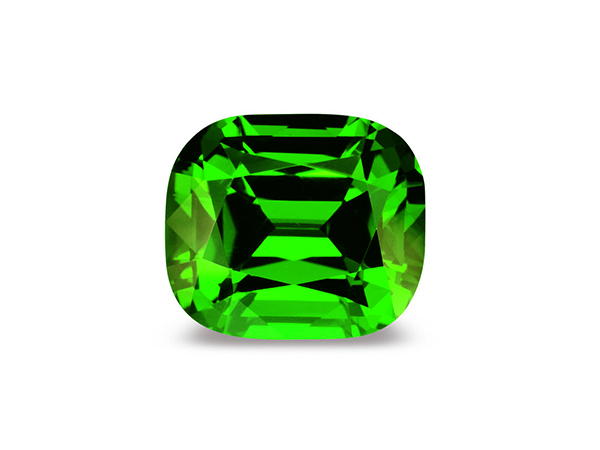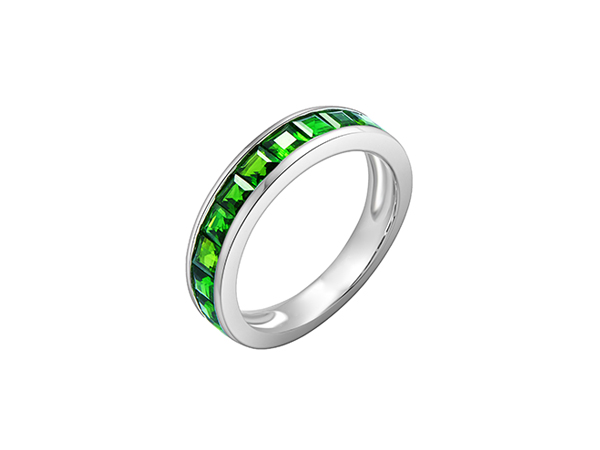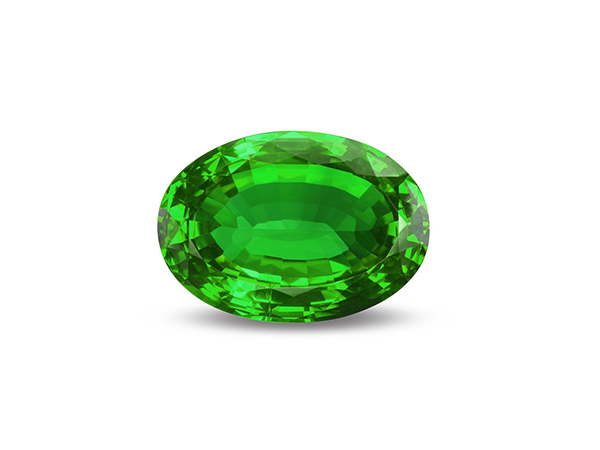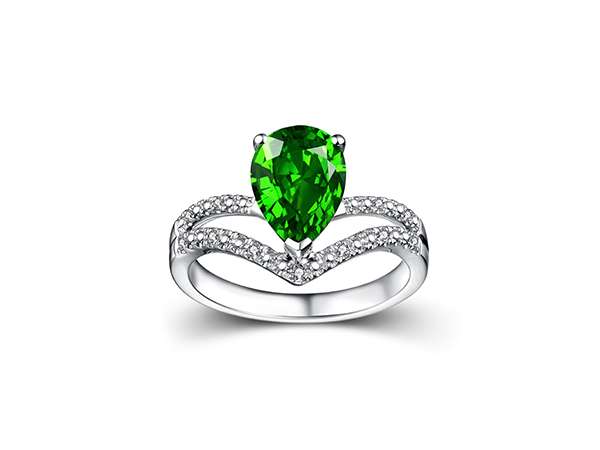PYROXENE

Introduction
Pyroxene (augite) is a common single-chain silicate rock-forming mineral widely found in igneous and metamorphic rocks. It consists of a main structure of silicon-oxygen molecular chains. The crystal structure is monoclinic or positive. The crystal system is mainly composed of XY(Si,Al)2O6, where X represents calcium, sodium, magnesium and divalent iron, and some ions such as zinc, manganese and lithium. Y represents a smaller ion such as chlorine, aluminum, trivalent iron, vanadium, niobium or the like.
Main features: The pyroxene mineral belongs to the chain structure silicate and is one of the most important rock-forming minerals of crystalline salt.
The main chemical composition of the pyroxene mineral: the general chemical formula of the pyroxene mineral can be represented by W1-p(X,Y)1+pZ2O6.
Among them, W=Ca2+, Na+; X=Mg2+, Fe2+, Mn2+, Ni2+, Li+; Y=Al3+, Fe3+, Cr3+, Ti3+; Z=Si4+, Al3+. The chemical composition of the Zhenghuishi subfamily is relatively simple, in which p≈1, ie no large cations exist, trivalent ions such as Al3+ and Fe3+ are also rare, and Z is only Si4+; but in the oblique pyroxene subfamily It is more complicated: the change of p is from 0 to 1, and the components of X and Y are widely distributed with the phenomenon of isomorphism. Due to the changes of W and X and Y, a corresponding part of Si4+ is required by Al3+. Substituting, aluminosilicate molecules appear in the asbestos.
Pyroxene can be crystallized into orthorhombic or monoclinic systems, so it can be further divided into two subfamilies: the orthofocal subfamily (hard pyroxene, bronze pyroxene, perilla pyroxene, orthorhomite ) and the oblique pyroxene subfamily (ddylite, calcite, ordinary pyroxene, neon, neonite, jadeite, spodumene).
The Zhenghuishi subfamily is a complete isomorphic series consisting of the two end members of the hard pyroxene Mg2[Si2O6] and the ore pyroxene Fe2[Si2O6]. The middle members are the bronze pyroxene and the peridotite. . Fe2[Si2O6] has a molecular content of 10% or less, and is 10% to 30% of the attapulgite, 30% to 50% of the perilla pyroxene, and more than 50% of the ore pyroxene.

The English name enstatite from Greek is derived from the Greek states, meaning opponents, because this mineral has refractory properties; the name of hectorenbergite is named after Hedenberg. The 19th-century Swedish chemist analyzed and described this mineral; the common agite English name (augite) comes from the Greek auge meaning bright, because the cleavage surface of ordinary pyroxene is shiny. There is also a kind of rose phosgene, its English name is rhodonite, from the Greek rhodon, meaning rose. Bronze pyroxene is named after its color.
Crystal structure
Symmetrical features: Orthogonal system. Point group 3L23PC, space group Pbca.
Unit cell parameters: The unit cell parameters of the pyroxantite are ao=18.228 angstroms, bo=8.805 angstroms, co=5.185 angstroms; the unit cell parameters of ore pyroxene are ao=18.433 angstroms, bo=9.060 angstroms, co=5.258 Ai. The parameters of the bronze pyroxene and the perilla pyroxene vary among them, and increase slightly with the increase of the iron content in the component.

Single crystals generally have a short columnar shape extending parallel to the c-axis. Common single shapes are (100), 210, 010, 001, 110, 211, and the like. It is often irregularly granulated in rocks and scattered throughout the rock. Regularly formed orthorhombic epiphytes are formed with the oblique pyroxene subfamily minerals.
Physical properties
Hardness: 5~6
Specific gravity: Increase with the increase of Fe content, the pyrophoric pyroxene is around 3.15, the peridotite is 3.3 to 3.6, the ancient copper pyroxene is between the two, and the ore pyroxene is up to 3.9.
Cleavage: (210) Cleavage completely two sets of cleavage with parallel columns, with an angle of 87 degrees
Color: The color is deepened as the Fe content increases. The stubborn pyroxene is colorless or light green with gray, also brownish brown or brownish yellow; perilla pyroxene is greenish black or brownish black; bronze pyroxene is characteristic of bronze.

Optical characteristics
Except for neon, it is generally short columnar, with a nearly square octagonal cross section with {110} complete cleavage and a cleavage angle of 87°. Single polarizer is generally colorless except for a few basic pyroxene and perilla pyroxene, and has no pleochroism. Peridotite pleochroism: Np = light red, Nm = light yellow, Ng = light green. The height is raised and the rough surface is remarkable. The interference color level I is up to level II under orthogonal mirrors. The orthorhombic pyroxene is parallel extinction, and the oblique extinction is rare; the parallel b-section of the monoclinic pyroxene is parallel extinction, and the other sections are obliquely extinct, and the extinction angle is 30°~54°, which is larger than the amphibole. Common simple twins.
Cause of occurrence
The pyroxene and perilla pyroxene are the most common minerals in the Zhenghuishi subfamily. They can be either products of magma crystallization or products of metamorphism.
